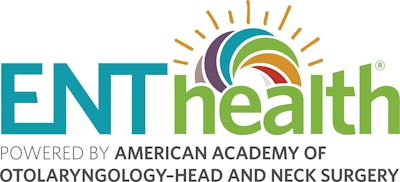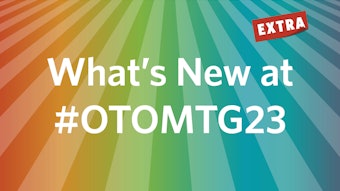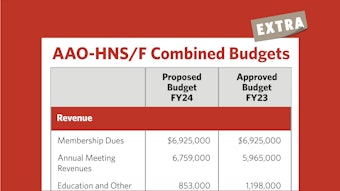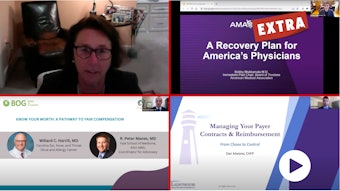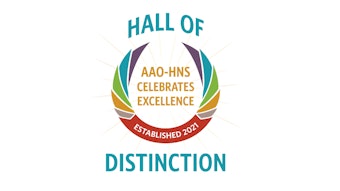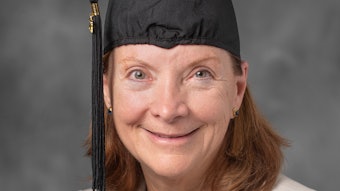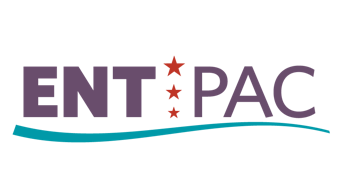Hearing Health for the Aging Population
According to the National Institute on Deafness and Communication Disorders, by age 65 one in three people experience difficulty hearing and that number quickly increases to 50% of the population by age 70.
Betty Tsai Do, MD, Chair, Practice Management Education Committee

Although hearing loss has a significant impact on healthy aging, multiple barriers exist to managing the problem. Access to hearing health professionals is limited by availability as well as distance. Patients in rural areas often travel further distances to reach a hearing health provider. Additionally, not all providers are aware of the magnitude of hearing loss on overall health or the resources to address it. Studies show that only about 15% of adults older than 65 get a hearing screen.5 As such, the AAO-HNSF is in the process of developing a clinical practice guideline for ARHL. Cost of equipment may limit the availability of testing while cost of hearing aids is often a barrier to getting treatment. In one survey, 65% of adults with moderate-to-severe hearing loss reported that they would seek treatment if they could afford to do so.6 Many insurance companies in addition to Medicare have little to no coverage of hearing aids, which typically range from $2,000-$5,000/aid. Lastly, ethnic and racial disparities have been shown to affect management of hearing loss even when education and socioeconomic factors are accounted for, as the percentage of White adults using hearing aids is significantly higher than any other ethnicity.7
The first step to managing hearing health is identification of the hearing loss. While improving awareness allows for more widespread screening, access to audiology services can be challenging. Although an in-person evaluation by an audiologist is still the gold standard, many smaller otolaryngology practices may not have easy access to an audiologist when competing with larger practices. Since the pandemic, there has been increased adoption of tele-audiology that has decreased the travel distance for many patients while maintaining reliability and accuracy.7 In the March 2023 section of FLEX (Focused Lifelong Education Experience), the xLive “Hearing Health in the Otolaryngology Practice” discussed alternative ways to getting a hearing evaluation.8 This included the use of an audiology assistant or technician, obtaining the study from a hearing aid dispenser in a retail setting such as Sam’s Club or Costco, training office staff, and accessing automated audiometry via a tablet or web-based program. Additionally, smartphone-based audiometric testing offers patients affordable and accessible testing with about 90% sensitivity of hearing loss detection. 7 As technology evolves, patients should be able to obtain screening and testing more readily.
Even if a hearing loss is identified, without treatment, the health risks still persist. Prescriptive hearing aids, fitted by a hearing health specialist, are the most expensive option but remain the gold standard. Over-the-counter (OTC) hearing aids have recently entered the market and are more affordable for patients with mild to moderate hearing loss. 8 These hearing aids do not involve an audiologist or hearing health specialist and require the patient to be technologically saavy in order to program the hearing aid to match their needs. A cheaper option would be personal sound amplification products (PSAP) that are designed to amplify sounds in certain environments for a normal hearing person. Lastly, assistive listening devices (ALD) such as pocket talkers, captioned telephones, and TV listening systems can help patients communicate better with or without the hearing aids.
In an ideal world, patients with hearing loss would be readily identified with a comprehensive audiogram and managed with a prescriptive hearing aid; however, cost and access limit our ability to reach everyone. Nevertheless, alternative, more affordable and more accessible testing in conjunction with less costly means of amplification means more care for everyone who needs it.
References
- Lin FR, Niparko JK, Ferrucci L. Hearing loss prevalence in the United States. Arch Intern Med. 2011;171:1851–1852.
- Swanepoel DW. Semin Hear. 2020 May;41(2):133-140.
- Lancet. 2020 Aug 8;396(10248):413-446.
- Sanders ME, Kant E, Smit AL, Stegeman I. The effect of hearing aids on cognitive function: A systematic review. PLoS One. 2021 Dec 31;16(12):e026120.
- Soc Sci Med. 2019 Feb;222:216-224.
- Contrera KJ, Wallhagen MI, Mamo SK, Oh ES, Lin FR. Hearing loss health care for older adults. J Am Board Fam Med. 2016 May-Jun;29(3):394-403.
- Front Digit Health. 2022 Jan 10;3:788103.
